Auspicious symbols, invocations, prayers, and mantras are printed on prayer flags. Tibetan Buddhists have hung these flags outside of their dwellings and centers of spiritual practice for millennia in order for the wind to spread the good vibrations over the area. According to legend, planting prayer flags will bring the flag planter and others nearby happiness, longevity, and prosperity. Dharma prints feature enlightened beings, protectors, and other traditional Buddhist motifs. The components of Tantric iconography do not stand for external beings because the Buddhist spiritual philosophy is non-theistic. Rather, they reflect qualities of the enlightened mind, such as compassion, faultless action, fearlessness, etc. Dharma prints that are respectfully displayed provide a sense of peace and remind people of such priceless teachings.
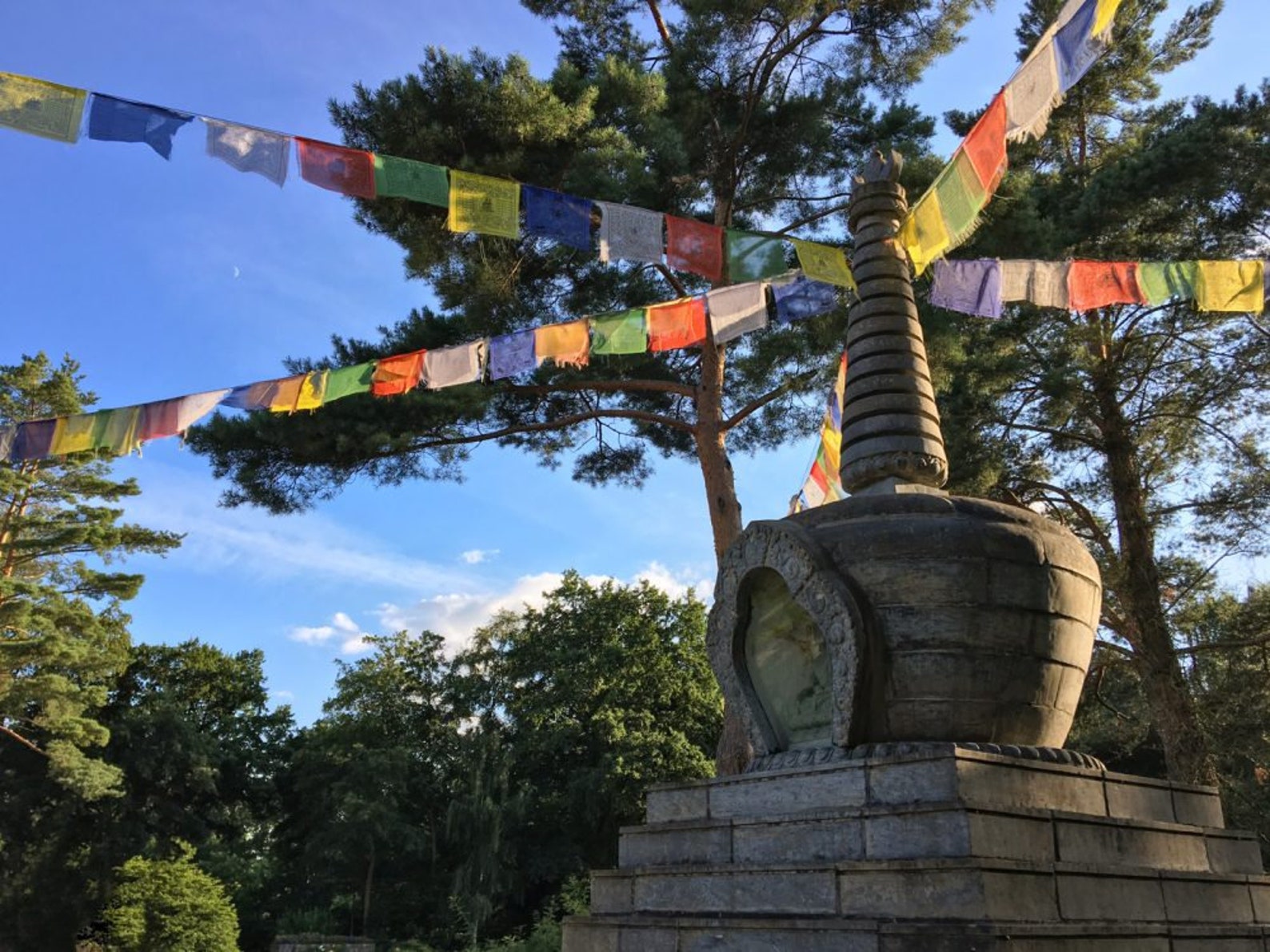
For cultivating compassion, well-being, wish fulfillment, and for conquering illnesses, natural disasters, and other challenges, there are ancient symbols, prayers, and mantras. More than ever, the planet needs healing. A natural positive energy is produced by prayer flags blowing in the wind. The energies that come from the wind save anything it touches from harm and bring harmony on a spiritual level.
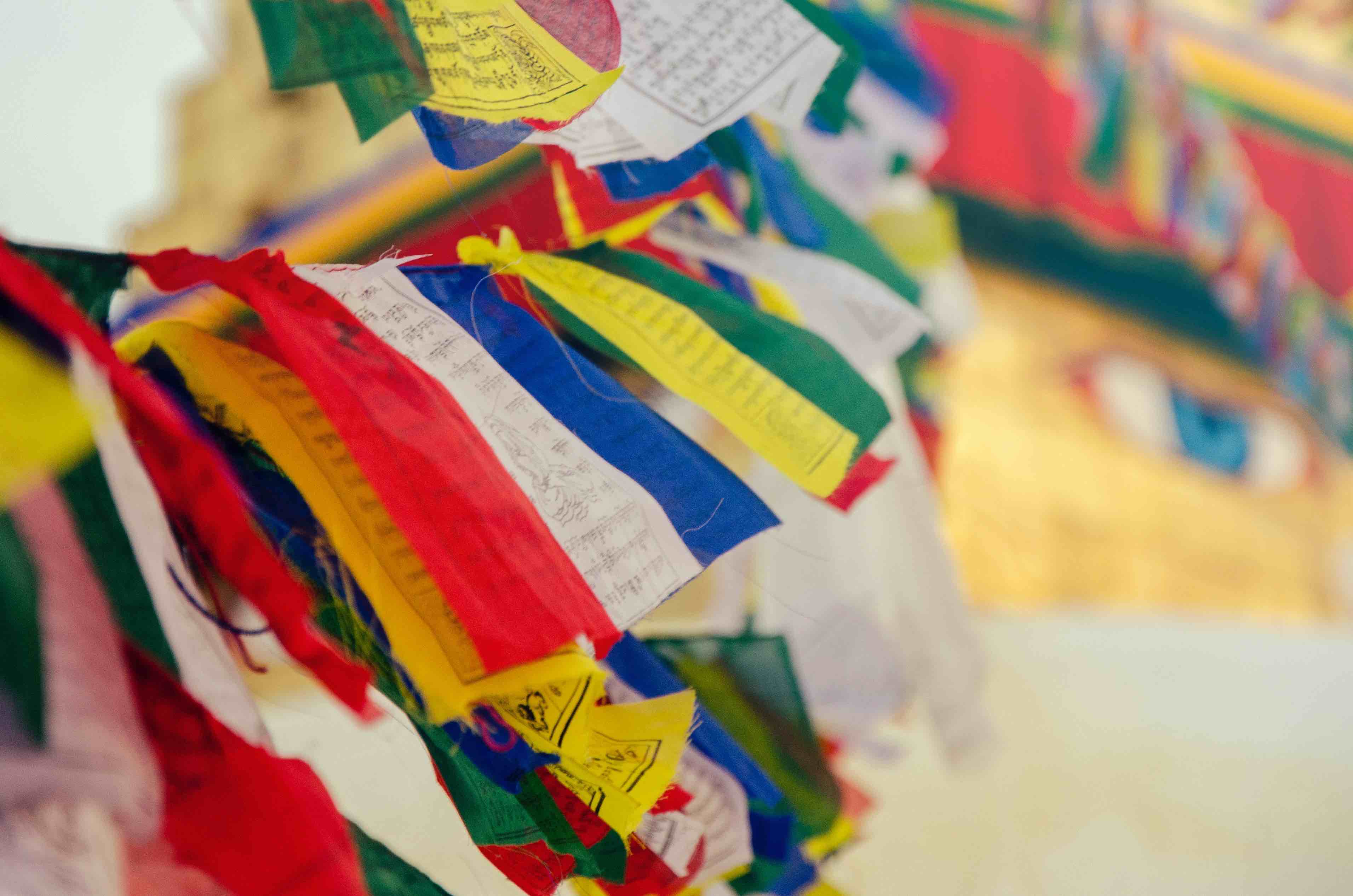
The colors have significance
The vibrant and attractive colours of Tibetan prayer flags aren't simply for show. The flags are always set in a particular order, from left to right: blue, white, red, green, and yellow. Each colour stands for an element. White stands for the air, blue for the sky, red for the fire, green for the water, and yellow for the ground. Together, the five colours represent equilibrium.
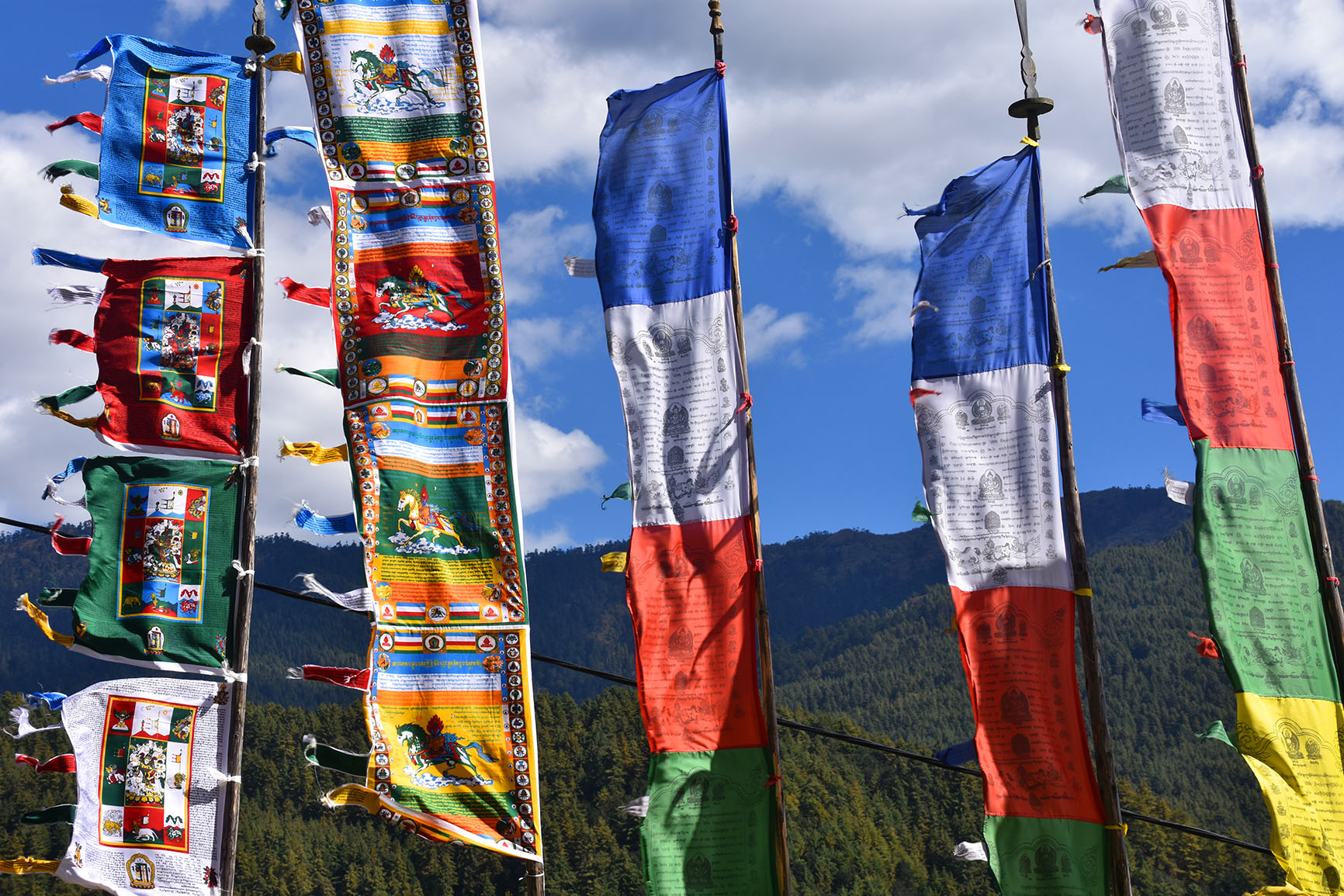
There are various flag types
Although the square-shaped, horizontally strung prayer flags are perhaps the most common type, you'll also find other types of Tibetan prayer flags being used at holy locations and on major dates important to Buddhists in the calendar. They are known as lung dar prayer flags. Less frequent flags that fly vertically are called dar cho or dar chen flags.

Positive intentions are a must
Prayer flags can be hung by anyone. But, there is a proper technique to do it. In order to fulfill the flags' primary goal of disseminating positivity far and wide, it is crucial to have positive, altruistic reasons in mind while you hang your flags wherever you decide to exhibit them.
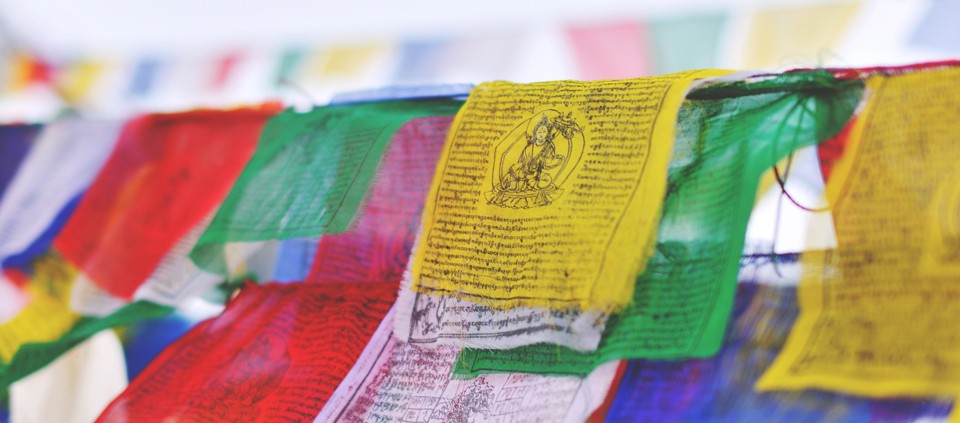
The meaning of "Om Mani Padme Hum" is profound
Om means the divine sound, Mani is diamond, Padme is lotus and Hum is the spirit of enlightenment. It combines virtues like kindness, morality, perseverance, hard work, renunciation, and wisdom. The mantra is supposed to be able to cure pride, envy, ignorance, greed, and aggressiveness when recited while in a state of meditation.
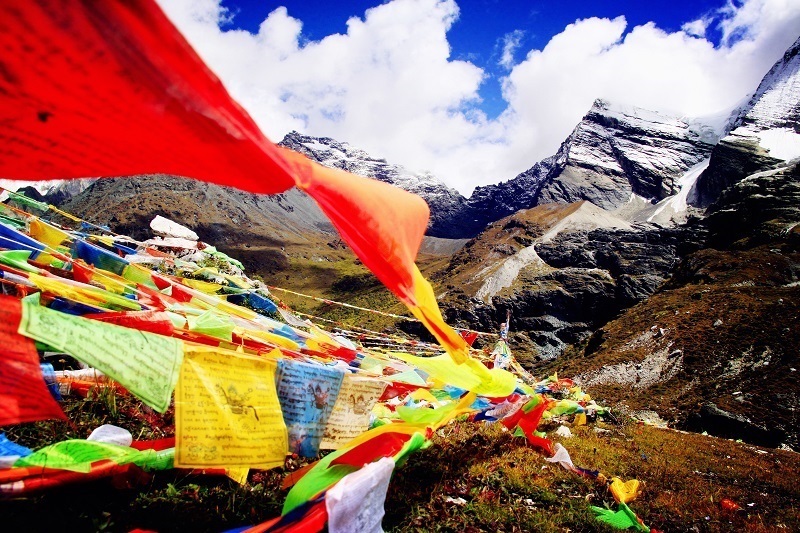
Buddhist prayer flags must never remain stationary
They are positioned far above the roof in order for the wind to cause them to sway. These allegedly create uplifting spiritual vibrations, and the prayers are silently conveyed by the wind.

The fading of the flags' colour is regarded as fortunate
The fading colours are a hint that the prayers were carried by the breeze.

Never leave them unattended on the ground
If the Buddhist prayer flags hit the ground, it is considered disrespectful. As a result, they must always be hung up high.
Photo Credits: www.middlewayeducation.org, www.etsy.com, www.zafigo.com, www.basantaadventure.com, www.nomadicthoughts.com, www.kripalu.org, www.tibettravel.org, www.greattibettour.com, www.handicraftsinnepal.com.
Also Read: